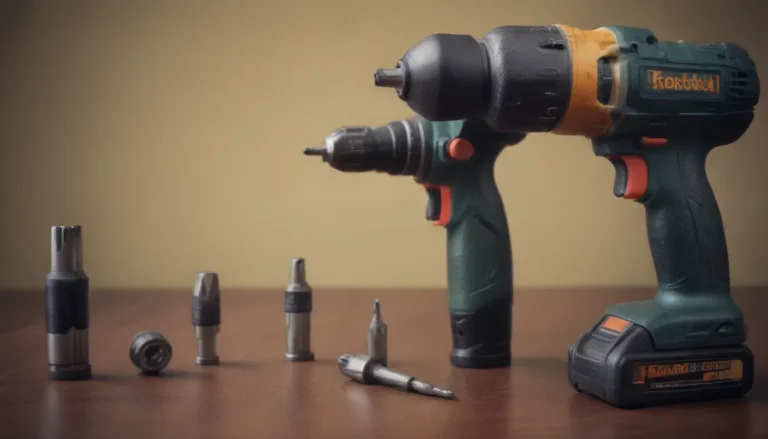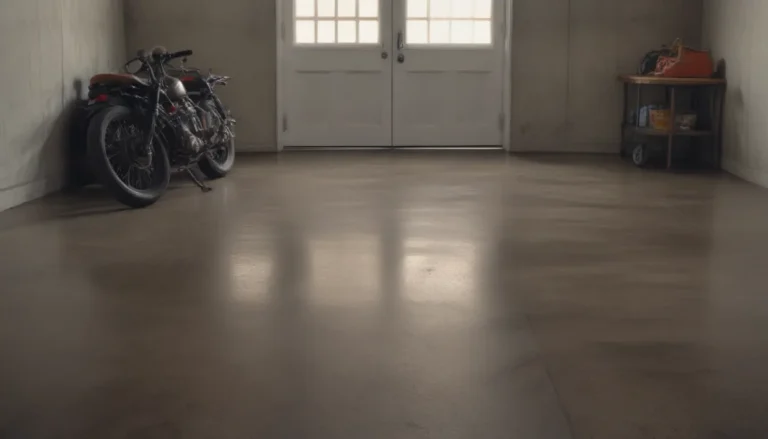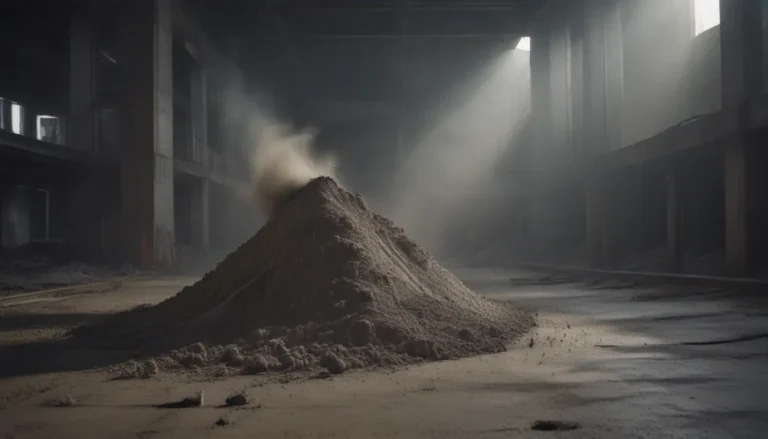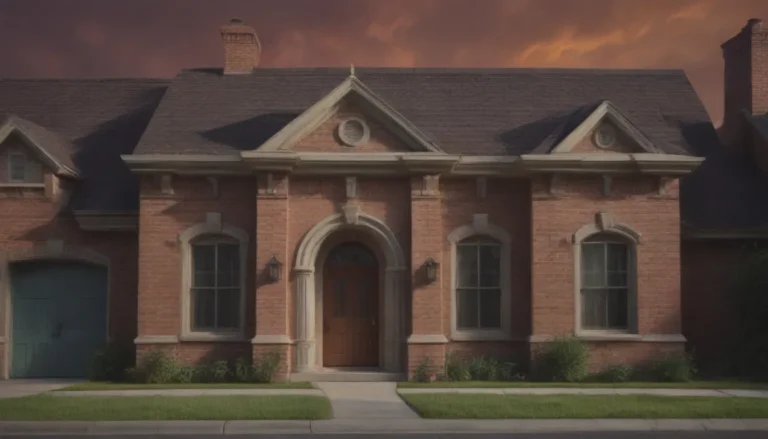The Ultimate Guide to Hardwood vs. Softwood: Making the Right Choice for Your Project
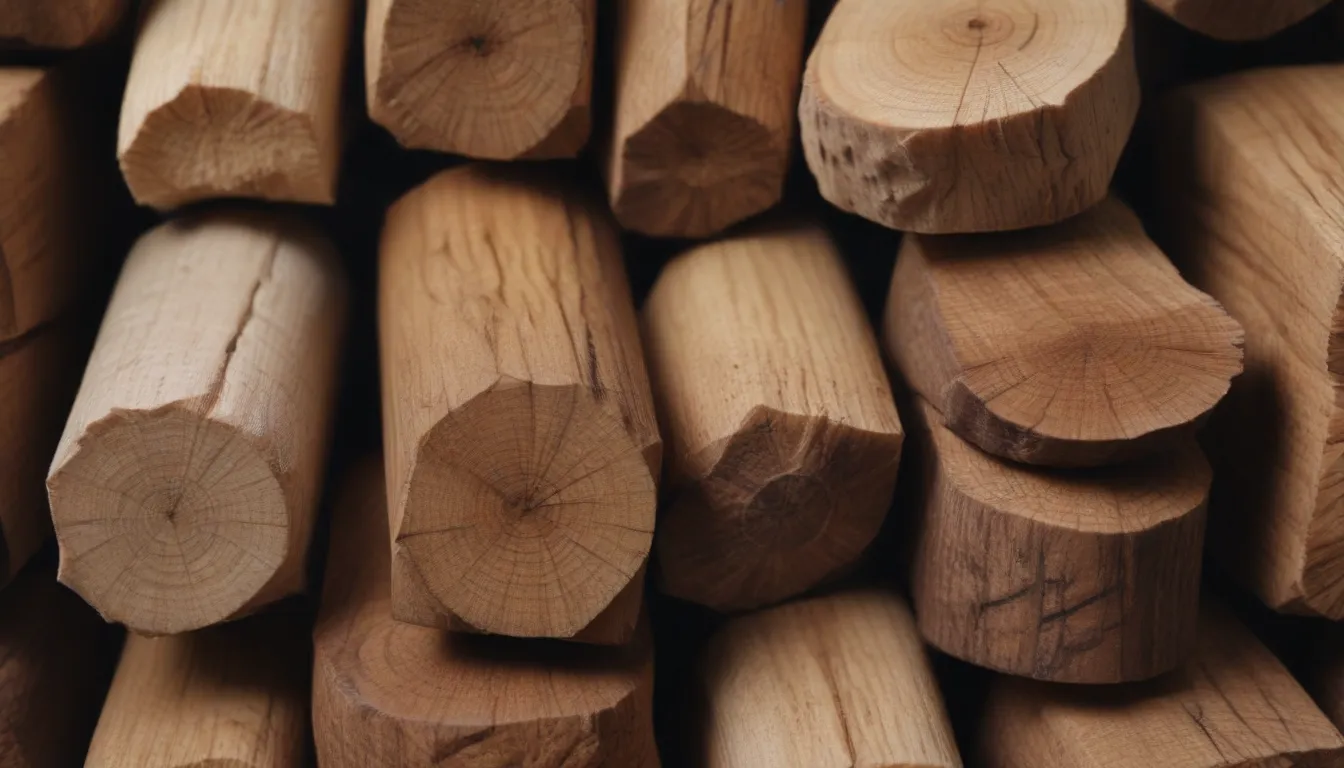
Are you planning your next woodworking project or home renovation job? One crucial decision you’ll have to make is whether to use hardwood or softwood. While softwoods are commonly used for their ease of workability, there are times when the durability and strength of hardwoods are necessary. In this comprehensive guide, we’ll explore everything you need to know about the differences between hardwood and softwood, helping you make an informed decision for your next project.
Understanding the Composition
The composition of hardwoods and softwoods plays a significant role in how they differ from each other. Here’s a breakdown of the composition variance between the two types of wood:
- Hardwoods
- Typically denser and harder than softwoods.
- Derived from deciduous trees with broad leaves.
- Softwoods
- Generally lighter and more flexible.
- Come from coniferous trees with needles instead of leaves.
Strength and Durability
When it comes to selecting wood for a construction project or outdoor application, strength and durability are key factors to consider. Let’s compare hardwoods and softwoods in terms of their strength and durability:
- Strength
- Hardwoods are known for their superior strength, making them ideal for structural projects like flooring.
-
Softwoods, while not as robust as hardwoods, offer enough strength for various construction applications.
-
Durability
- Hardwoods are highly durable and can withstand harsh environmental conditions, perfect for outdoor projects exposed to the elements.
- Softwoods may require more maintenance to preserve their longevity when used outdoors.
Appearance and Cost
The appearance and cost of wood can also influence your decision when choosing between hardwoods and softwoods. Consider the following:
- Appearance
- Hardwoods often feature distinctive grain patterns and rich colors, making them sought after for high-end furniture and decorative applications.
-
Softwoods may lack the intricate grain detail of hardwoods but offer a more uniform appearance suitable for many construction projects.
-
Cost
- Hardwoods are generally more expensive due to their premium quality and durability.
- Softwoods are more budget-friendly, making them a popular choice for large-scale construction projects.
Workability and Application
The workability of wood refers to how easily it can be manipulated and finished with tools. Understanding the workability of hardwoods and softwoods is crucial for a successful woodworking project. Here’s how they compare:
- Hardwoods
- Hardwoods may be more challenging to work with due to their density, but they offer a polished finish that enhances the overall aesthetic.
-
Suitable for intricate woodworking projects that require precision and durability.
-
Softwoods
- Softwoods are easier to cut, shape, and finish, making them ideal for beginner woodworkers and quick DIY projects.
- Often used in construction where ease of workability is essential.
Uses of Hardwood and Softwood
Both hardwoods and softwoods have distinct characteristics that make them suitable for various applications. Let’s explore the common uses of each type of wood:
Uses for Hardwood
- Timber-framed buildings
- Flooring
- Fencing
- Decking
- Boat making
- High-end furniture
- Musical instruments
Uses for Softwood
- Doors
- Window frames
- Structural components
- Plywood
- MDF
- Cabinets
Tree Species Comparison
While the terms “hardwood” and “softwood” are based on characteristics rather than the actual hardness of the wood, certain tree species are commonly associated with each category. Let’s take a look at some typical hardwood and softwood tree species:
- Hardwood Tree Species
- Oak trees
- Walnut trees
- Beech trees
- Maple trees
-
Ash trees
-
Softwood Tree Species
- Pine trees
- Cedar trees
- Spruce trees
- Redwood trees
By understanding the differences between hardwood and softwood, you can make an informed decision when selecting the right type of wood for your next project. Whether you prioritize strength, durability, workability, or cost, there is a wood type that will perfectly suit your needs. Happy woodworking!
